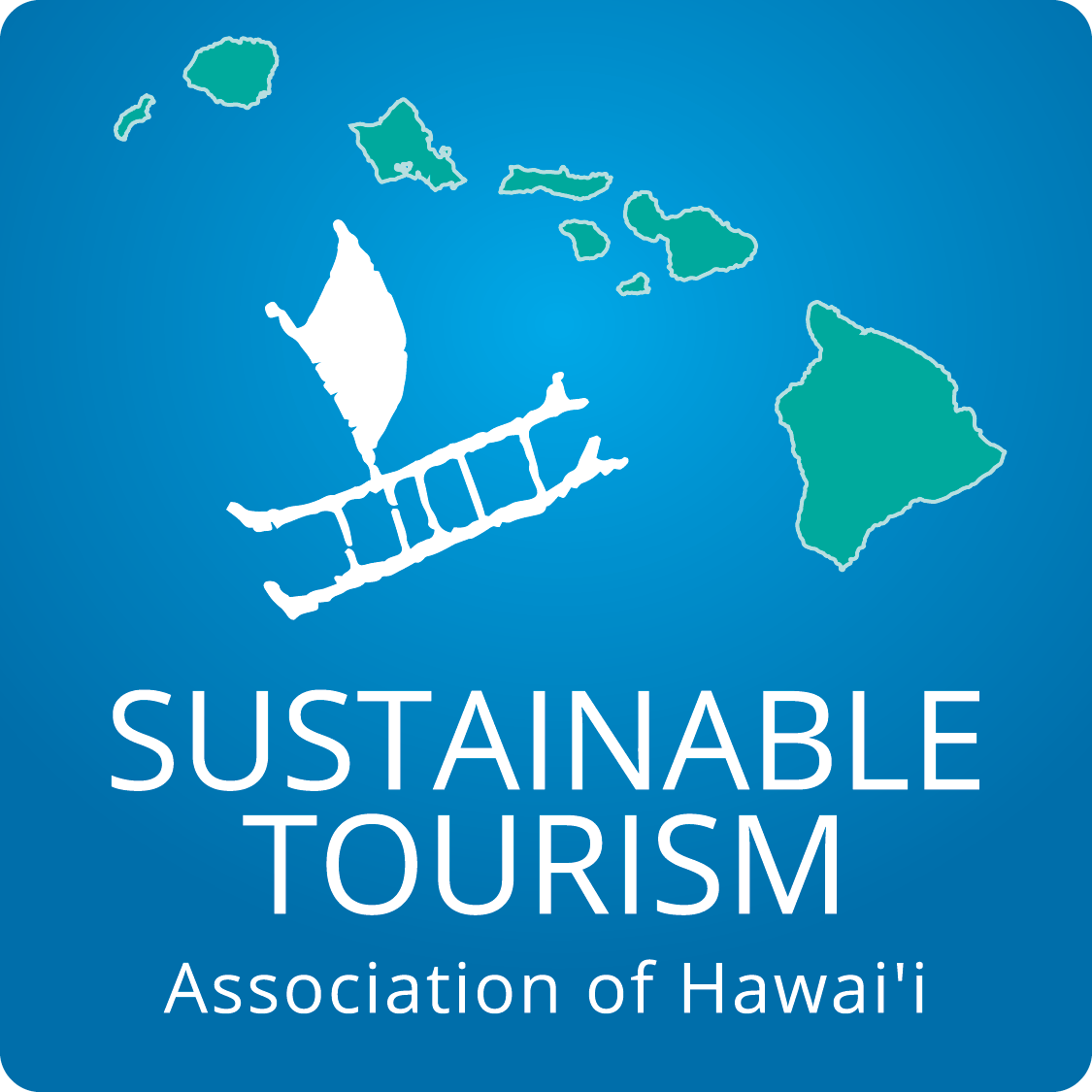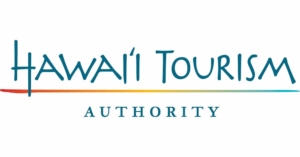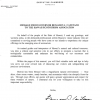Achieving Sustainable Tourism In Hawai’i Using A Sustainability Evaluation System
Movement toward sustainable tourism is a long-term goal that will require changes in the tourism sector that need to be outlined in a strategic sustainable tourism plan and implemented over the long term. According to Mak (2008), Hawai‘i does not have such a plan, and its absence will prevent the state from moving toward sustainable tourism in any meaningful way. The process of establishing a sustainability evaluation system to ensure that progress toward this goal occurs requires an open dialog that includes important stakeholders and others who may be interested and prevents any one interest group from controlling the discussion (Medina 2005). A commitment to political progress is also needed, as change may be a threat to the beneficiaries of the status quo. Sustainability in the tourism sector will not come about in a short period of time, nor can conflict be avoided; therefore, care must be taken to resolve differences.
At the same time, major stakeholders who prefer a grading mechanism within a certification system to a pass/fail approach need to be acknowledged, and these options should be considered, because a grading mechanism provides a means of tracking progress, thereby providing management with some incentives for changing behaviors. A useful system will need to be supported by tourism-sector groups, government operators, and customers. In addition, plans must include a self-financing component in order to be successful. One way to proceed is to implement a particular international certification program within the state, with its more generic yet well tested standards. Another approach would be to have local Hawai‘i-based policymakers begin the process by building on the work that has been done both locally and internationally to develop a program that is unique to the Hawai‘i and acceptable to diverse stakeholder groups.






